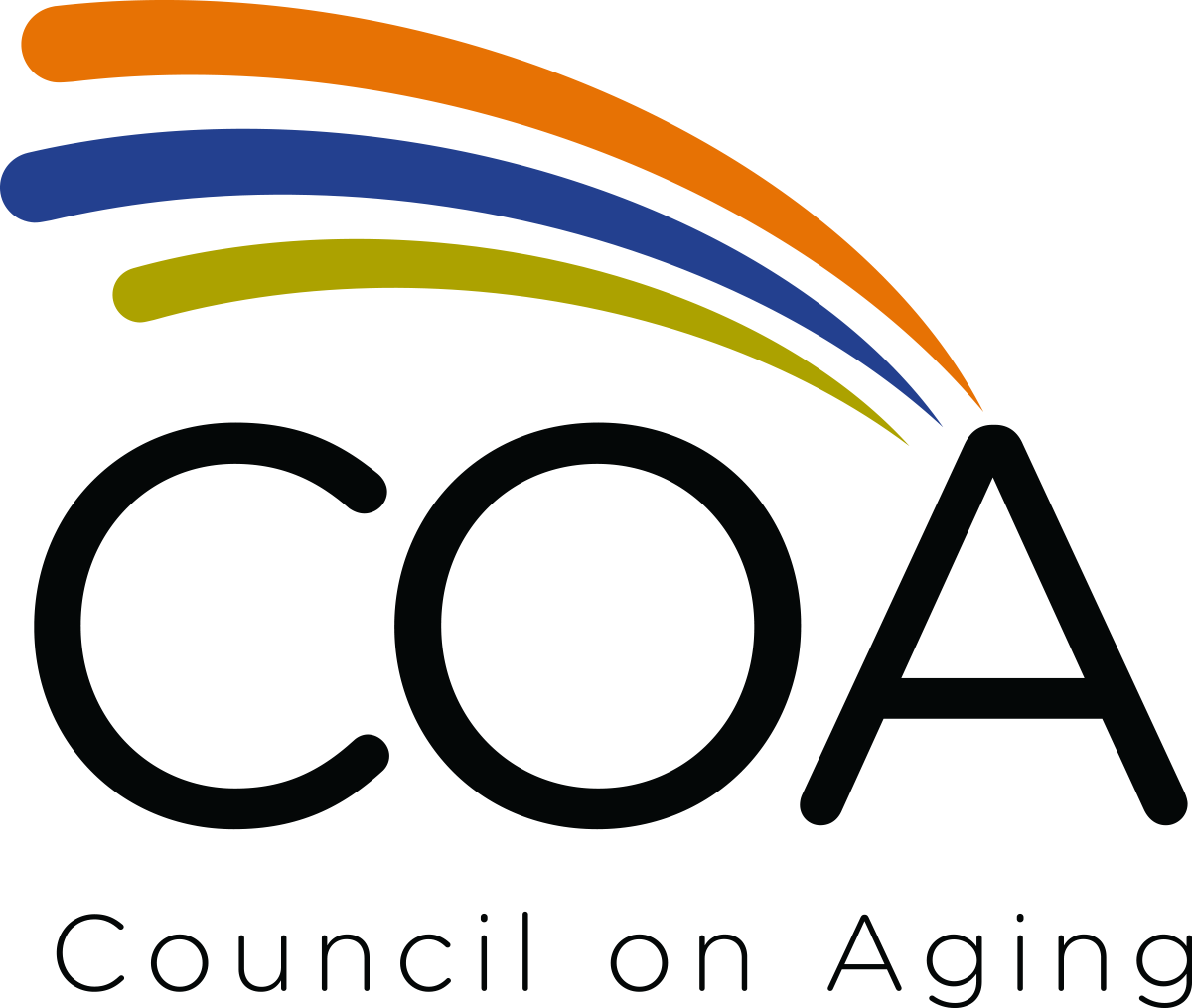Resource Directory Results
How to Print your Search Results
To Print a Single Resource – Click the “Print Resource” link within the resource listing to view a printer-friendly page. When the page opens, right-click within the page and select “Print”.
To Print Multiple Resources – First, select specific resources for your list by checking the “Add to List” box next to each resource. Or, to print all the resources shown on the page, check the “Add All To Print List” box. Next, click “Print List” to generate a printer-friendly PDF document. You can then print the document or save it to your computer.
NOTE: Remember to print your list before you leave this page. Checked items will be lost if you leave this page.
Lesson 01: Medicaid Covered Services
Getting Care
Ohio Medicaid offers its consumers four different options for getting health care services. Access to these services depends mainly on a consumer`s Medicaid eligibility category and/or care needs.
Traditional Medicaid (Fee-For-Service)
Ohio Medicaid has a network of providers statewide including (but not limited to): hospitals, family practice doctors, pharmacies and durable medical equipment companies. These providers bill Medicaid directly for health care services they provide to Medicaid consumers. Medicaid consumers eligible for getting care through Traditional Medicaid may go to any Ohio Medicaid provider who accepts Medicaid patients. Consumers should ask the provider if they accept Medicaid before scheduling an appointment. For a list of Ohio Medicaid providers, please contact the Consumer Hotline at 1-800-324-8680 or TDD/TTY 1-800-292-3572.
Medicaid Managed Care
In Ohio, certain Medicaid consumers get their health care services through managed care plans (MCP). MCPs are private health insurance companies responsible for arranging health care services for its covered members. MCPs provide all of the services offered through Traditional Medicaid but additional services may be provided by an MCP. Managed care providers bill MCPs directly for health care services obtained by their members. More...
Home and Community-Based Services
Home and community-based services programs provide alternatives to living in facility-based care settings (such as a nursing home or intermediate care facility). These programs are called "waviers" and allow for consumers to have an active role in their health care and to remain in the community. Waivers serve people who are elderly, who have mental retardation and/or developmental disabilites, and who have physical disabilities. More...
Facility-Based Care
Consumers who cannot care for themselves at home may need care in a facility-based care setting (such as a nursing home or other long-term care setting). Because this type of care can be costly, Ohio`s Medicaid program can help Medicaid-eligible Ohioans pay for their long-term care. More...
Source: Ohio Department of Medicaid
Extra Help/Low-Income Subsidy
Description:
If you are able to get Medicare's Part D drug coverage, and have limited income and savings, you may be able to get "Extra Help" from the Medicare Part D Low-Income Subsidy (LIS/Extra Help). This program provides help to pay for your Pard D premiums, deductibles, and prescription co-payments. Extra Help has three levels of help. How much assistance you get depends on your income and resources.
How to Apply for Extra Help
Some people do not need to apply for Extra Help. If you are already enrolled in Medicaid, SSI or a Medicare Savings Program (except QDWI), you automatically get Extra Help.
Call Council on Aging for assistance with applications: (513) 721-1025, apply online at Social Security or call Social Security at 1-800-772-1213 to apply by phone or get a paper application. TTY users should call 1-800-325-0778.
Food Assistance Benefits (Food Stamps), Fact Sheet
Description:
The Food Assistance program is designed to raise nutritional levels, to expand buying power and to safeguard the health and well-being of individuals in low-income households in Ohio. A household may consist of an individual or a group of individuals who live together and usually purchase and prepare their food together.
You may qualify for benefits if your household's gross monthly income is at or under 130 percent of the federal poverty guidelines. Some households may qualify if they have income over the limit if someone in the household is elderly or disabled.
Apply for Food Assistance online by going to http://ODJFSBenefits.Ohio.gov, or by filling out the Request for Cash, Food and Medical Assistance (JFS 7200) form and submitting it to your county department of job and family services (CDJFS). Click here to get a copy of the form.
Click here for more information about this program.
